From Fluffy to Fabulous: A Comprehensive Guide to Caring for Your Long-Haired German Shepherd

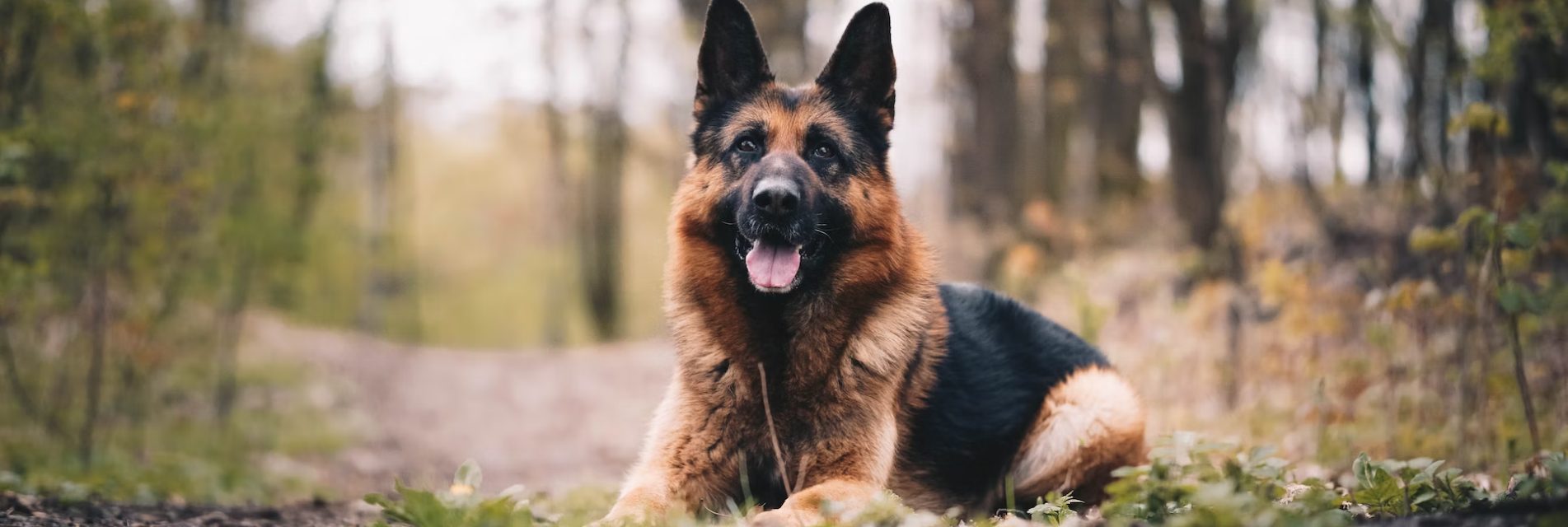
Long-haired German Shepherds are truly majestic creatures. Their beautiful and flowing coats set them apart from their short-haired counterparts, giving them an elegant and regal appearance. If you are fortunate enough to have one of these stunning dogs in your life, it’s important to understand their unique grooming needs to keep their coat healthy and looking fabulous. Read on to learn how to properly groom and take care of a long-haired German Shepherd.
Tips On Grooming A Long-haired German Shepherd
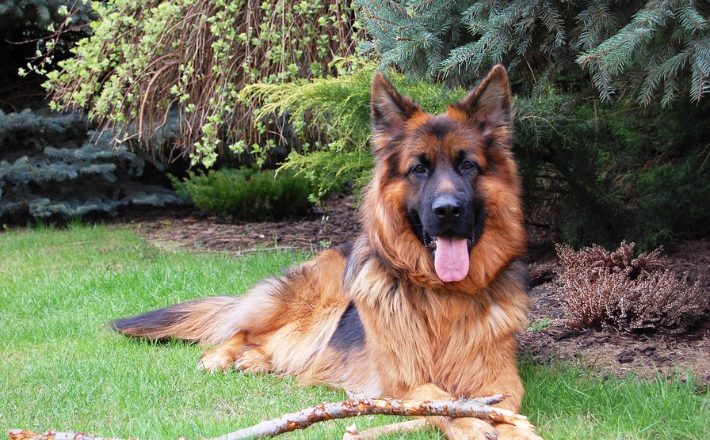
Long-haired German Shepherds have a double coat consisting of a dense undercoat and a longer, silky topcoat. This combination makes their fur prone to matting and tangling, which can be quite challenging to manage. However, with the right grooming techniques and a little bit of patience, you can keep your long-haired German Shepherd looking like a true beauty.
Brushing And Combing Techniques For Long-haired German Shepherds
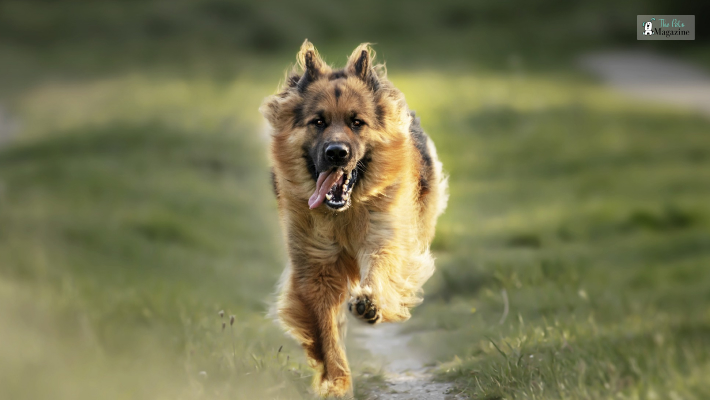
When it comes to brushing and combing your long-haired German Shepherd, it’s important to use the right tools and techniques.
We have provided some tips and techniques on how to brush and comb a long-haired German shepherd:
Tip 1: Start by buying a high-quality, slicker brush and a wide-toothed comb specifically designed for long-haired breeds. These tools will make your grooming sessions much more efficient and effective.
Tip 2: Begin by gently brushing your long-haired German Shepherd’s coat in the direction of hair growth. This will help to remove loose hair and prevent tangles. If you notice any knots or mats, avoid pulling or tugging on them. Instead, use your fingers or the end of the comb to separate the hair. If you cannot loosen the matting with your fingers, then use a pair of grooming scissors to carefully cut it out. Always be cautious when using scissors near your dog’s skin to avoid any accidental injuries.
Tip 3: After brushing, go over your long-haired German Shepherd’s coat with a wide-toothed comb to ensure that there are no remaining tangles. Comb through the fur from root to tip, paying close attention to the areas where tangles are most likely to form. Regular brushing and combing sessions, at least once or twice a week, will keep your dog’s coat looking fabulous and lowering the risk of matting.
Bathing And Drying Tips For Long-haired German Shepherds
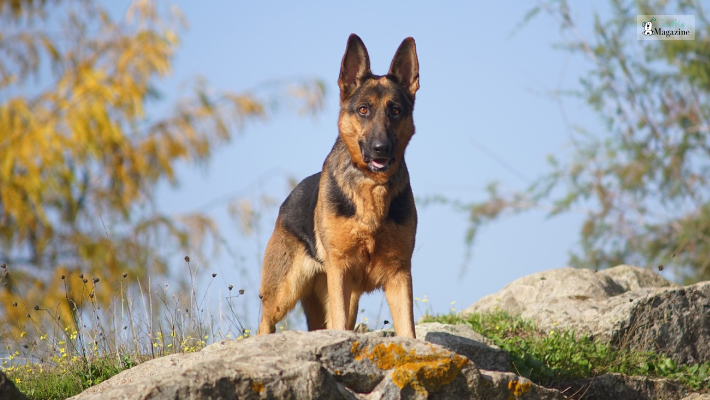
Bathing your long-haired German Shepherd is an important part of their grooming routine. Not only does it help to keep their coat clean and fresh, but it also allows you to inspect their skin for any signs of irritation or infection. However, it’s essential to approach bathing with caution, as frequent washing can strip the natural oils from the coat and cause dryness.
Before bathing your long-haired German Shepherd, brush their coat thoroughly to remove any loose hair and tangles. This will make the bathing process much easier and prevent further matting. Use lukewarm water and a gentle dog shampoo specifically formulated for long-haired breeds. Avoid using human shampoos, as they can be too harsh for your dog’s sensitive skin.
Gently massage the shampoo into your long-haired German Shepherd’s coat, making sure to reach the skin. Rinse thoroughly to remove all traces of shampoo, as any residue left behind can lead to skin irritation. Once you have finished, use a soft towel to blot excess water from the coat. Dont rub, as this can cause tangles and matting. Instead, allow your furry friend to air dry or use a low-heat setting on a blow dryer, keeping it at a safe distance from their skin.
Dealing With Shedding In Long-haired German Shepherds
Shedding is a natural process for all dogs, including long-haired German Shepherds. However, their long and voluminous coat can make shedding more noticeable and difficult to manage. To keep your home free from excessive hair and your dog’s coat healthy, regular brushing is key.
During the shedding season in the spring and fall, increase the frequency of your grooming sessions to daily or every other day. This will help to remove loose hair before it has a chance to collect on your furniture and floors. Use a de-shedding tool, such as a slicker brush or a shedding blade, to remove the loose undercoat without damaging the topcoat.
In addition to regular brushing, you should also feed your German shepherd a balanced diet rich in omega-3 fatty acids can help reduce shedding. These essential fatty acids support a healthy coat and skin, lowering extreme hair loss. Consult with your veterinarian to determine the best diet and supplements for your dog’s specific needs.
Trimming And Maintaining The Coat Of Long-haired German Shepherds
While long-haired German Shepherds do not require a lot of haircuts like some other breeds, regular maintenance is still necessary to keep their coats in top condition. Trimming the fur around the paws can help prevent matting and make it easier for your dog to walk comfortably. Use a pair of grooming scissors to carefully trim the hair between the paw pads, taking care not to cut too close to the skin.
If your long-haired German Shepherd’s ears are prone to matting, you may need to trim the hair around them as well. This will allow better airflow and reduce the risk of ear infections. Be cautious when cutting the hair around the ears, as they are a sensitive area. Use blunt-tipped scissors and take your time to ensure that you do not accidentally cut the skin or the dog’s ear.
Remember, when it comes to trimming your long-haired German Shepherd’s coat, less is more. Avoid cutting too much, as it can disrupt the natural balance of the coat and affect its growth. Regular maintenance and occasional trims will help to keep your dog’s coat looking neat and fabulous without losing its natural beauty.
Preventing Tangles And Matting In Long-haired German Shepherds
Tangles and matting can be a common issue for long-haired German Shepherds. But with the right preventive measures, you can keep their coat smooth and tangle-free. Regular brushing and combing are the first line of defense against matting. By removing loose hair and preventing knots from forming, you can significantly reduce the risk of tangles.
In addition to regular grooming, it’s important to keep your long-haired German Shepherd’s coat clean and dry. Moisture can contribute to matting, so make sure to dry your dog thoroughly after bathing or swimming. If your dog gets wet while playing in the rain, use a towel to remove excess moisture. This should be done as soon as possible. Pay close attention to the areas behind the ears, armpits, and groin, as these are the spots where tangles are most likely to develop.
To further prevent tangles and matting, consider using a detangling spray or leave-in conditioner specifically designed for long-haired breeds. These products can help keep the coat soft and smooth, which reduces the risk of knots. Apply a small amount to your hands and gently work it into your dog’s fur, focusing on the areas prone to tangling. Avoid using too much product, as it can make the coat greasy and attract dirt.
Nutrition And Supplements For Healthy Coat Growth In Long-haired German Shepherds
A healthy, luxurious-looking coat is a source of pride for any German Shepherd owner. But in order to achieve that, parents of German Shepherds must follow a two-pronged approach:
Nutrition
Proper nutrition plays a vital role in maintaining a healthy and lustrous coat for your long-haired German Shepherd. A balanced diet that includes high-quality proteins, essential fatty acids, vitamins, and minerals is essential for promoting coat growth and reducing hair loss. Before buying dog food for your German Shepherd, you should check the back of the bag for the following ingredients:
- Protein (18-25%): Protein provides the building blocks for healthy hair growth. Sources include chicken, fish, lamb, or eggs.
- Omega-3 and Omega-6 Fatty Acids: These essential fatty acids contribute to a shiny, healthy coat. Fatty fish (salmon, sardines), flaxseed oil, and some nut oils are good sources.
- Vitamins and Minerals: A balanced diet rich in vitamins A, E, B complex, and zinc nourishes the skin and promotes healthy hair growth.
Look for dog food specifically formulated for long-haired breeds or those that contain ingredients beneficial for coat health, such as salmon, flaxseed, and biotin. Also, whenever possible, opt for dog food with natural ingredients and minimal fillers or artificial additives.
These ingredients provide essential nutrients that support healthy skin and coat growth. Consult with your veterinarian to determine the best diet for your long-haired German Shepherd’s specific needs.
In addition to a nutritious diet, supplements can also help to improve the condition of your long-haired German Shepherd’s coat. Omega-3 fatty acid supplements, such as fish oil or flaxseed oil, are particularly beneficial for promoting a healthy and shiny coat. These supplements can help to reduce inflammation, prevent dryness, and minimize excessive shedding. We have talked about the benefits of these supplements below:
Omega-3 Fatty Acids: These are essential for reducing inflammation and promoting a shiny coat. They can be found in fish oil or flaxseed oil supplements.
Biotin: This B-vitamin is crucial for hair growth and strengthening the coat. It’s often included in skin and coat supplements for dogs.
Vitamin E and Zinc: Both are important for maintaining healthy skin and coat condition. They can help protect the skin and enhance the coat’s natural shine.
Essential Fatty Acids: Foods or supplements that contain essential fatty acids can help keep your dog’s skin healthy and their coat shiny.
However, always consult with your veterinarian before introducing any new supplements to your dog’s diet.
Common Skin Issues in German Shepherds
Skin issues like infections and allergies are some of the main reasons why your long-haired German Shepherd’s coat looks dull and rough. Here are some of the common skin issues that can affect your German Shepherd:
Allergies
German Shepherds can suffer from various allergies, including:
- Food Allergies: An allergic reaction to ingredients in their food, such as chicken, beef, or dairy, can manifest as itchy skin, excessive scratching, and hair loss.
- Environmental Allergies: Exposure to pollen, dust mites, mold, or other environmental triggers can cause similar symptoms.
- Flea Allergy Dermatitis (FAD): Even a single flea bite can trigger an exaggerated immune response in allergic German Shepherds, leading to intense itching, red, inflamed skin, and potential hotspots.
Bacterial Skin Infections (Pyoderma)
This common issue arises from bacteria invading the skin, often triggered by allergies, injuries, or hormonal imbalances. Symptoms include pustules, redness, and irritated skin.
Yeast Infections
Malassezia, a type of yeast naturally present on the skin, can overgrow due to various factors, causing itchiness, redness, and a greasy, foul odor.
Seborrhea
This condition disrupts the normal production of oils in the skin, leading to either dry, flaky skin (dry seborrhea) or oily, greasy skin (oily seborrhea).
Mange
Two parasitic mites can cause mange in dogs: sarcoptic mange (highly contagious and itchy) and demodectic mange (usually less itchy and can be a sign of underlying health issues).
Signs to Watch Out For
If you notice any of the following signs in your German Shepherd, it’s important to consult a veterinarian for proper diagnosis and treatment:
- Excessive scratching, licking, or chewing at the skin
- Redness, inflammation, or irritation on the skin
- Visible signs of infection, such as pus-filled bumps or crusts
- Hair loss in patches or overall thinning fur
- Dry, flaky skin or oily, greasy fur
- Unusual odor coming from the skin
Wrapping Up
Long-haired German Shepherds are magnificent companions, but their flowing fur requires dedicated care. By following these guidelines and tailoring them to your dog’s unique needs, you can ensure your long-haired German Shepherd thrives and flourishes for years to come. Remember, a well-cared-for German Shepherd is a happy German Shepherd, ready to embark on countless adventures by your side.





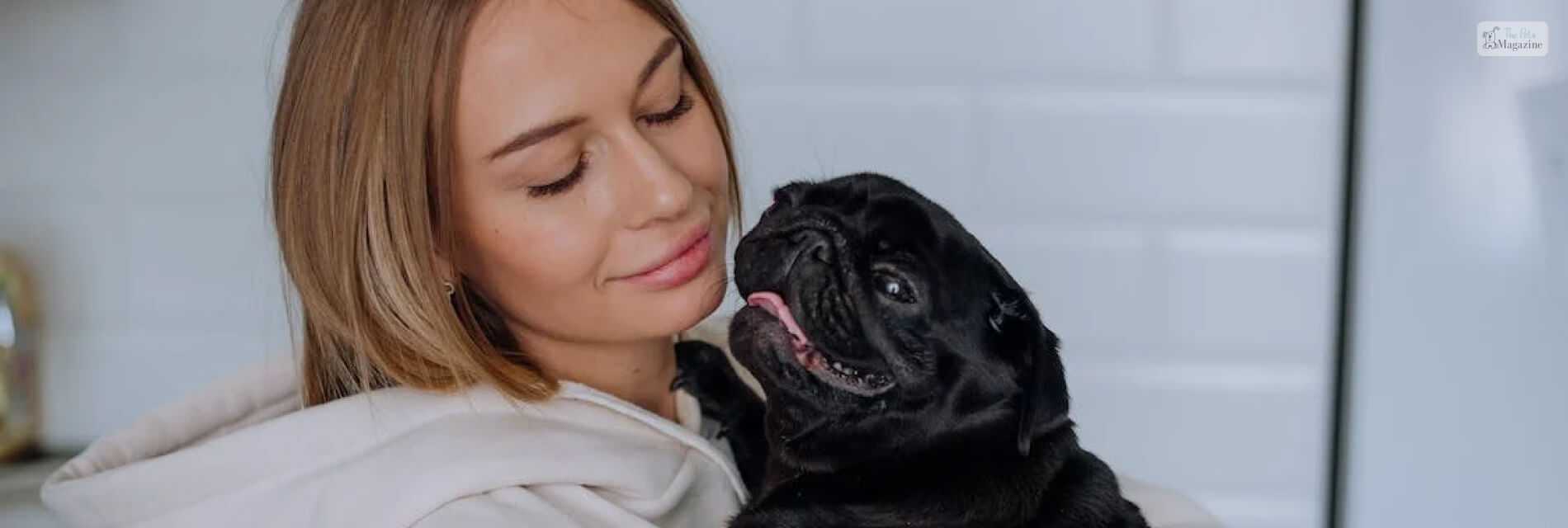
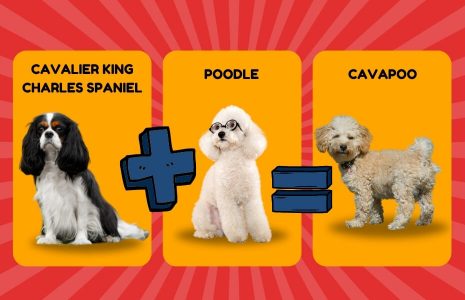
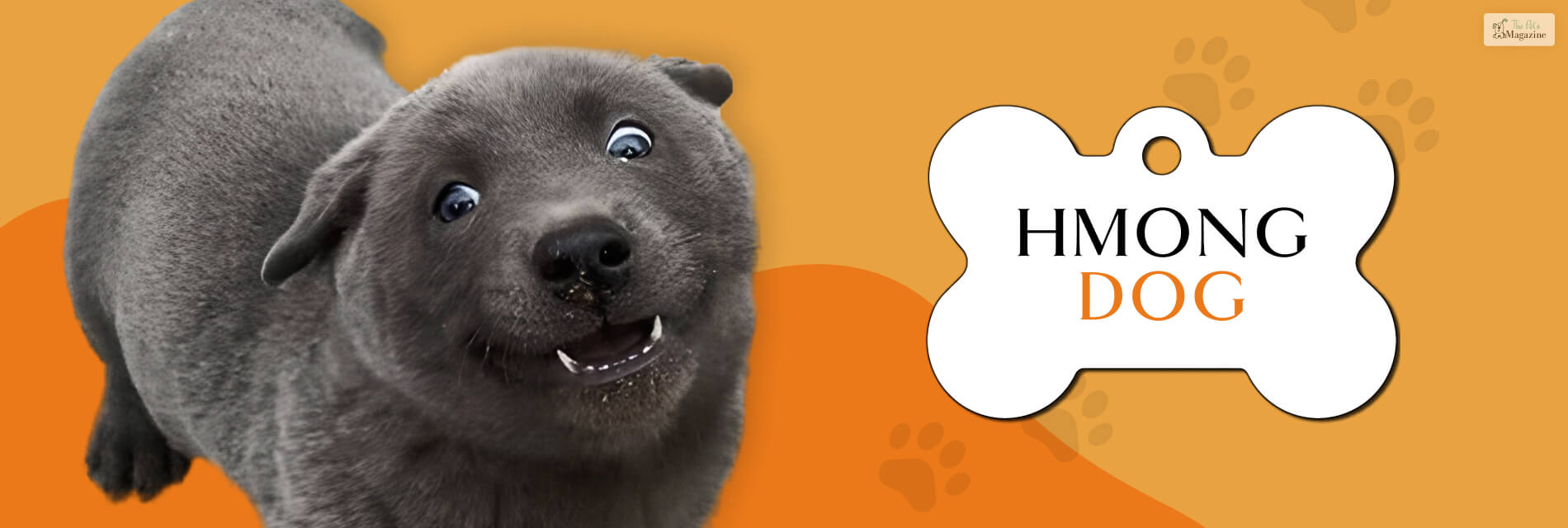
Leave A Comment